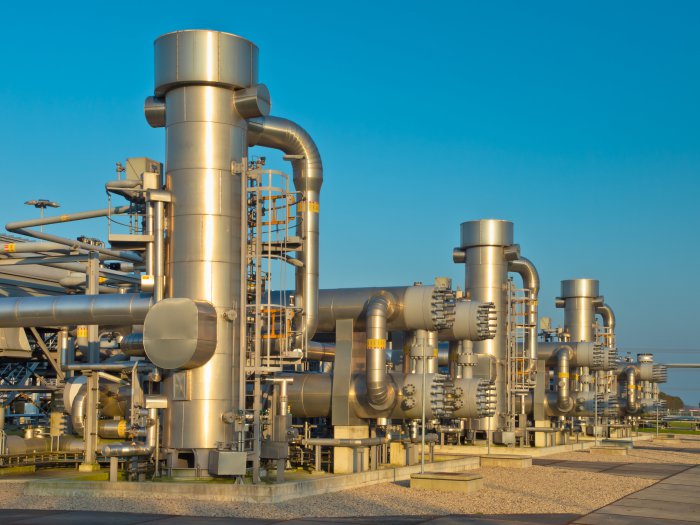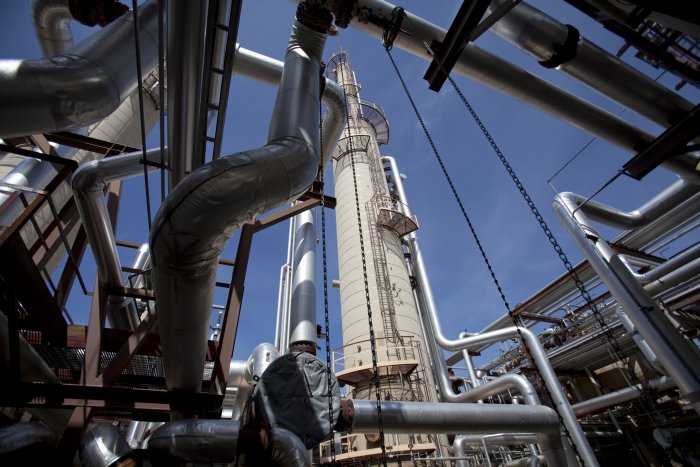Natural & Associated Petroleum Gas Treatment
Many factors have to be professionally taken into consideration as early as the design stage of the project to choose the most fitting gas treating process. Concentration and type of impurities in the sour gas, its temperature and pressure ranges; required sweet gas content, temperature and pressure; flow; environment regulating norms and requirements for sulfurous contaminants utilization are among the factors that our specialists scrutinize at feasibility study and design stages of the project.
Premium Energy LLC and its business partners are eager to offer their advanced design and manufacturing capabilities in the field of modular gas treating plants. Such plants are installed directly onto the production sites and effectively deal with the associated petroleum gas, low pressure or excesses of natural gas.
There is a wide array of modular plants varying in flow and applied technologies such as sulfur removal (amine treating and adsorption), gas dehydration (glycol dryer or adsorption), gas chilling (refrigeration cycles or turboexpanders); NGL removal (low-temperature separation, gas condensate stabilization and rectification)
Modular plants are designed to be used in a variety of ambient conditions with temperature ranging from minus 60°С up to plus 45°С.
A typical unit would employ compressor and heat exchanger hardware, pumps, separation and rectification column(s), pressure vessel(s), electric cabinet(s), and an automated control system.
Some of the typical hydrocarbon products, depending on the process, are: dry sales gas into the pipeline or for local consumers, natural gas liquids (NGL), stabilized gas condensate, LPG, ethane, gasoline or diesel fuels, etc.



